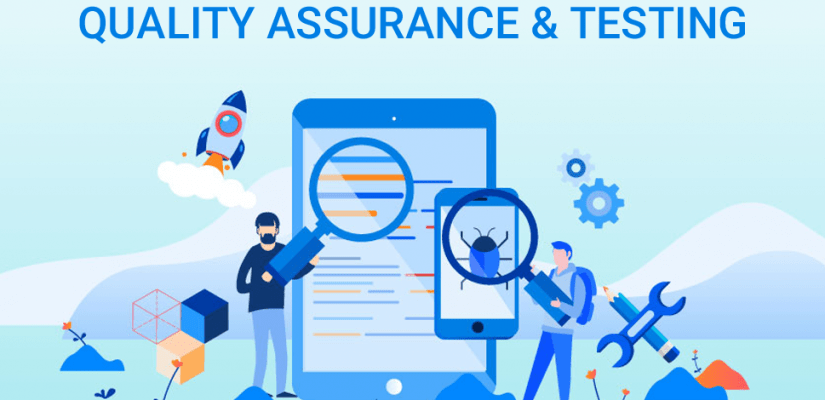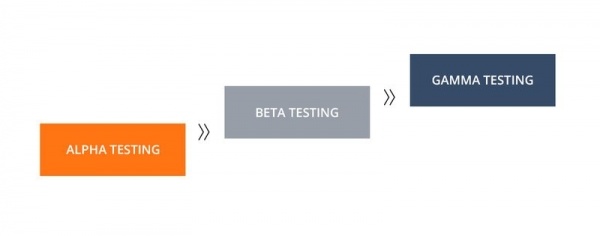Introduction
Do you want to make your product more secure? Do you want to have a good understanding of how it works? You can do this with white box testing. This is an absolute beginner’s guide on white box testing,so this will be perfect for you if you are new to the topic.
If anyone knows anything about software development, they know that tests are important. And just as many types of tests exist in software development today, many different types of testing can be done within the context of white-box testing. With these two things combined, it’s easy to see why some people might think that WhiteBox Testing sounds like too much work or not worth their time because it requires more effort and skill.
In this blog, we’ll look at what white box tests are and dispel some of the facts surrounding them. We’ll also provide an overview of white-box testing on both new and existing applications. Finally, we’ll offer some advice on getting started with white box testing if you’re new to it.
What Is White Box Testing?
It simply knows how an application works before you start to break it. For example, if you were playing a chess game, the pieces are all laid out in front of you, and no matter who moves first, whether it be black or white, both players know what the pieces can do. So, in white box testing, the tester has full knowledge of the system being tested- they can see inside the “box.”
Why Is White Box Testing Important?
White box testing helps identify vulnerabilities and defects that may not be found through black box testing alone. It’s an important part of the software development life cycle and should be used in conjunction with black box testing to ensure that all potential issues are found and resolved.
What Does White Box Testing Look Like?
White box testing looks at the code itself, and new applications tend to go through continuous integration and build tests. This is where you run some automated test suite to see if any errors or issues exist within the system under consideration. You could also use an integrated development environment (IDE) as part of your white box testing- these are tools used by software developers to write, debug and manage code.
When Should You Do White Box Testing?
Ideally, white box testing should be conducted during the development process, as it can help identify and resolve issues before the application is released. However, it’s also possible to conduct white box tests on an existing application, especially if it’s a legacy system where changes are less frequent.
How Do You Do White-Box Testing For New Applications?
As stated above, there is no one-size-fits-all approach to white box testing. However, these tips may be useful in uncovering some issues:
- Identify what the application is meant to do and how it works. This could involve anything from looking at the requirements, documentation and code to discussing the system with other IT professionals or software developers who already have experience with this type of application.
- Review the code (if available) for any potential vulnerabilities. Engaging a software security specialist can help to identify any potential threats that may exist in the code.
- Use debugging tools to explore the code and identify issues. This could include anything from using a debugger to step through the code line by line to using test harnesses and automated testing tools.
- Generate test data that will help identify any errors or vulnerabilities that may be hidden. Explore all possibilities of what can be passed to an application, system or function, so you get the most coverage possible over what is being tested.
- Conduct manual tests and review results. You can also use automated testing tools to perform white box testing on the application and black box testing to get a complete picture of its ability.
- Repeat the process to identify additional issues and uncover any potential problems.
How Do You Perform White Box Testing On An Existing Application?
Ideally, this type of functional testing should be done with software developers and other cyber security professionals who know the system and how it works. This includes
- Performing an in-depth review of the code to identify any potential vulnerabilities.
- Identifying input and output values for all system functions.
- Generating test data that will help uncover any potential issues with how it works.
- Conducting manual tests, as well as using automated testing tools, to identify defects.- Identifying additional issues that may not have been uncovered during initial development.
Final thoughts
Like any other form of testing, white box testing should not be seen as a silver bullet when identifying issues with the software. However, it can be an invaluable tool in uncovering problems that may not have been found earlier in the development process when used correctly. By working closely with software developers and other IT professionals, you can help to ensure that white box testing is conducted in the most effective way possible.

















